August 15th, 2023
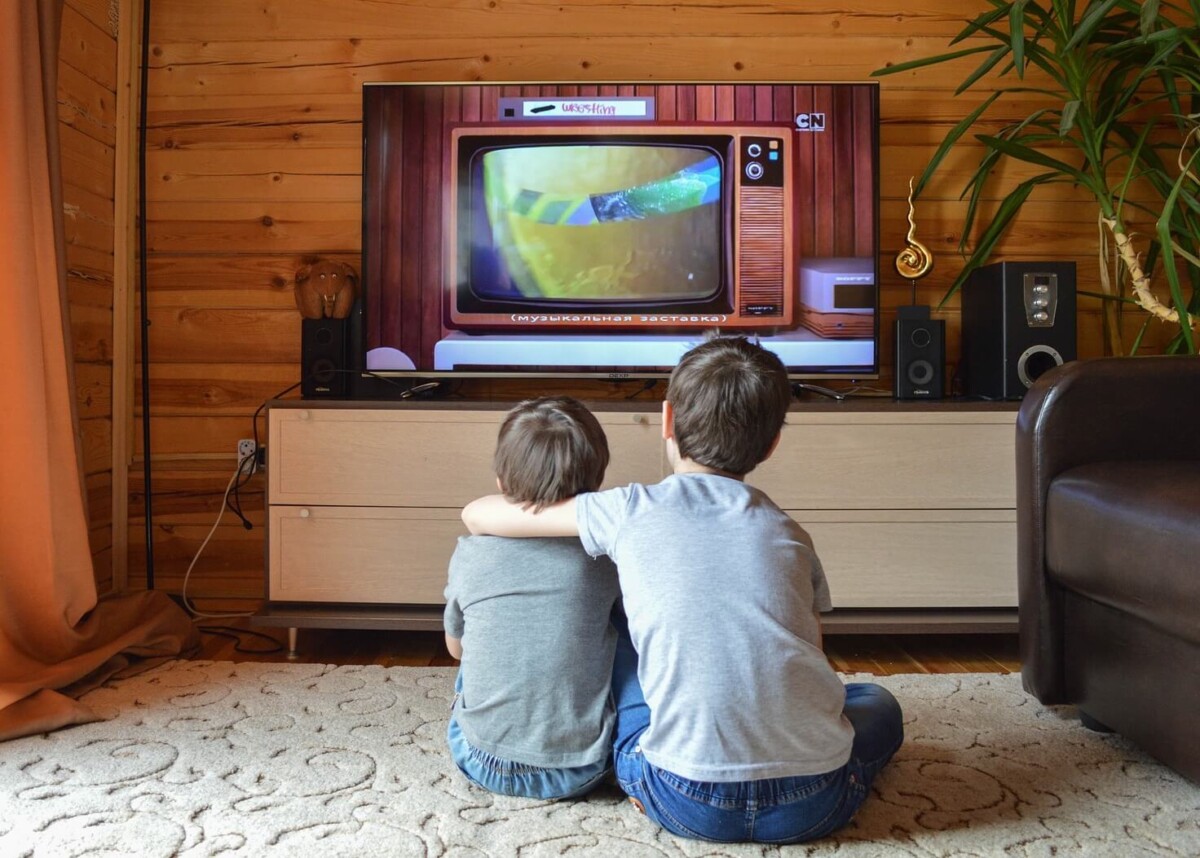
5 Top Bar and Bat Mitzvah Moments that Made Better Living Through Television
By Drew Kramer
Although the Jewish population makes up only .2% of the 8 billion people on the planet, representations of Jewish life appear regularly in mainstream pop culture. This can be credited to the important role that Jewish people played in the history of show business in the United States. As the American entertainment industry emerged from theater to screen in the 1920s, the industry once ridiculed as indecent became a haven for upwardly mobile Jewish performers who could make a living though slapstick comedy on the vaudeville circuit and then later in film. Whether on stage or the silver screen, Jewish performers and writers created a uniquely Jewish style of storytelling and an industry that supported its production. As television became mainstream in the 1950s, the medium brought stories that featured Jewish customs and ritual to the American living room, in particular – the bar mitzvah.
By 2023, the internet is rich with roundups of the best B’nei Mitzvah content in television history, including on this site. The following listicle considers the television B’nei Mitzvah episodes from a [hopefully] fresh lens. Below represents my top 5 TV B’nei Mitzvah moments that made Jewish Life better through Television.
Psst…Israel 101: A First Visit Guide for My Birthright

Dick Van Dyke: Season 5, Episode 22 – Buddy Sorrell: Man and Boy (1966)
The Dick Van Dyke show created one of the first overtly Jewish characters on television. In 1966, the show’s character, Buddy Sorrell, a Jewish TV writer, secretly planned his own adult bar mitzvah. Suspicious of their colleague, his writing partners went on a crusade to understand if he was secretly seeing a shrink or having an affair. In 1966, this hit television show gave its mainstream audience a rare peek inside a synagogue, including prayers and rituals never before seen on television at that time.
Wonder Years: Season 2; Episode 13 – Birthday Boy (1989)
Fast forward to 1989, the ABC sitcom The Wonder Years devoted an episode to the Bar Mitzvah ritual. The episode focused on its main character Kevin Arnold’s jealousy that his best friend’s bar mitzvah overshadowed his own birthday. In a series known for its nostalgia for growing up in the 1960s and 70s, an era fraught with conflict over rights and representation, the lead character comes to see the tradition as a milestone of his own. The common experience of the passage of time and rise to adulthood makes the ritual feel universal.
Sex and the City, Season 3, Episode 15 – Hot Child in the City (2000)
In Y2K, Sex and the City steered the country to ease social mores with the presentation of powerful single women owning their sexuality. In the third season, the girls revisited the horrors of puberty, facing braces and bat mitzvahs with a very different lens. Public Relations executive Samantha Jones is hired to promote the bat mitzvah of the year. Assertive and confident Samantha must confront conceptions of mean girls and privilege, feeling insecure and perhaps jealous of this child’s rise to womanhood. In the episode, the show challenges the excess of B’nei Mitzvah celebrations, while also reminding the viewer that the all-powerful, mean girl tween is but a child after all.

The Mindy Project, Season 5, Episode 9 – Bat Mitzvah (2017)
The brilliant Mindy Kaling brings B’nei Mitzvah into her story when her character dates a Jewish divorced man with a daughter celebrating the milestone. Too soon in the relationship to be the dad’s plus one, Mindy crashes the interracial Bat Mitzvah celebration, claiming to be a rabbi herself. This hilarious episode demonstrates the diversity of the Jewish experience.
Crazy Ex-Girlfriend, Season 2, Episode 10 – Will Scarsdale Like Josh’s Shayna Punim (2017)
In Season 2 of Crazy Ex-Girlfriend, the central character, Rebecca Bunch, returns to her hometown of Scarsdale, NY to attend her cousin’s Bat Mitzvah. In the episode, the show challenges numerous stereotypes of being Jewish, confronting the Jewish people’s need to acknowledge their centuries of suffering in an incredible musical number. It is a rare scene that confronts the Jewish people’s relationship to their history.
In the 57 years since the first television bar mitzvah aired, we have come a long way. Beginning with a secret bar mitzvah in 1966 to an interracial bat mitzvah in 2017, American audiences are invited to observe the ritual that has evolved with its people. In doing so, they observe what it means to be Jewish, and, as Kevin Arnold experienced, share the tradition that celebrates the commonality of growing from childhood to adulthood.
August 8th, 2023
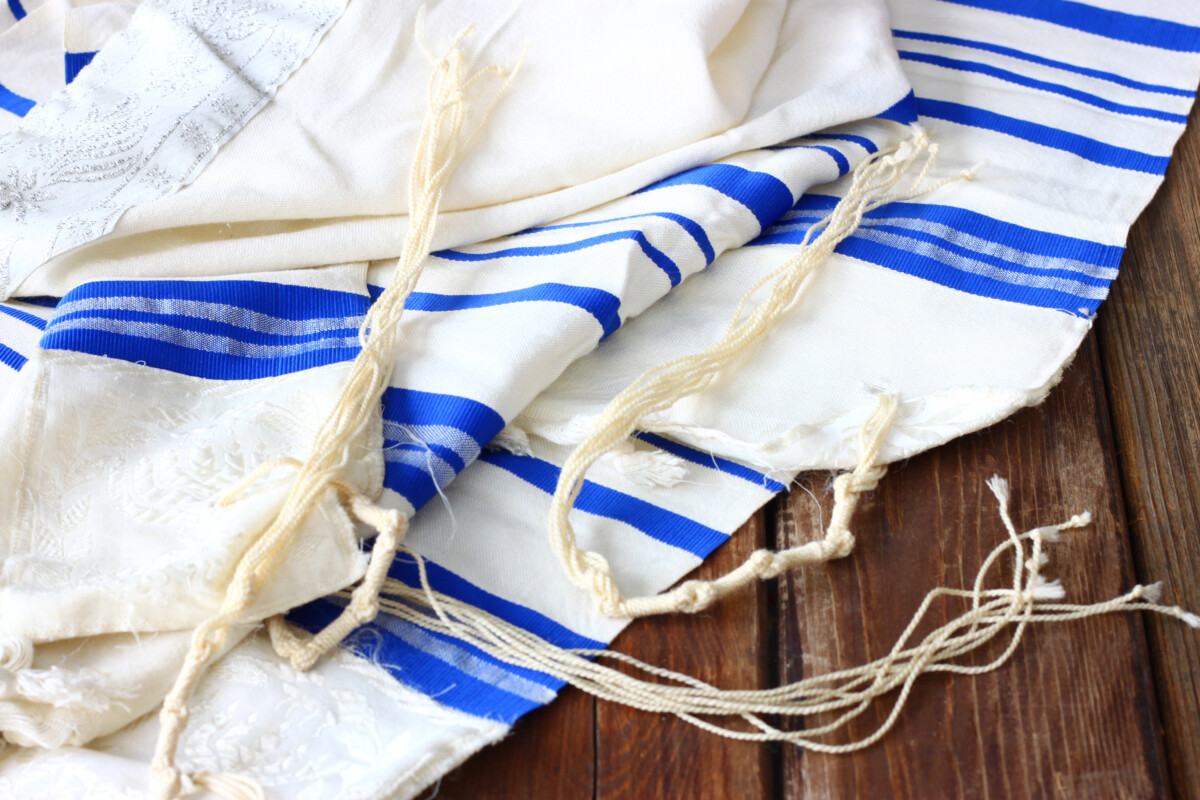
A Tallit Trend Alert: Fashion Meets Faith
By Drew Kramer
When a tween is called to the Torah for a B’nei Mitzvah, the occasion marks the transition from childhood to adulthood. From this moment forward, the child is considered of age to read from the torah, participate in a minyan and atone for his or her own actions. In some sects of Judaism, the B’nei Mitzvah includes the presentation of the tallit gadol, a fringed fabric worn as a prayer shawl over one’s clothes during morning prayers and throughout Yom Kippur services. The twined and knotted fringe, known as tzitzit, is attached to the shaul’s four corners. It is typically made from wool or cotton, and occasionally silk.
Psst…How to Hora at your Child’s B’nei Mitzvah
The history of the garment begins in the Bible, descending from a commandment that Jewish people attach tzitzit to the corners of four cornered garments every day to serve as a reminder of their covenant with God. As fashion trends changed from the days of Moses and Aaron, so too did the tradition. When four cornered garments ceased to be the daily costume, Jews wore a poncho-like vest, called a tallit katan, underneath their clothes to satisfy the commitment to this commandment. Today, some Orthodox Jews uphold this tradition, while more secular people embrace the shawl for prayer services. Different sects of Judaism have different views on whether women should wear tallit, but among American Reform Jews, the presentation of the first tallit is par for course.
While fashion trends come and go, the tallit remains a fixture in the spiritual life for Jewish people. Although the basic structure of the prayer shawl remains the same, like other garments, it does evolve with the passage of time. Cantor Amanda Kleinman of Westchester Reform Temple weighs in on what is en vogue for today’s tweens approaching B’nei Mitzvah:
- Value Israel: Some families choose to connect the milestone with their commitment to Israel. To encourage a lifelong relationship with the Jewish homeland, some family members will buy a tallit on a family trip to Israel, or will ask a family member or friend to bring one home for them.
- Support a Cause: The purchase of a tallit can be a chance to support important causes. For example, proceeds from the Women of the Wall tallit help fund the Israeli group that advocates for equal rights of women to pray and chant Torah at the Western Wall in Jerusalem. The tallit becomes a way to contribute to the cause, but also a statement of values for a more inclusive society.
- Honor Ancestors: Passing down a tallit is an opportunity to connect with relatives that are no longer with us. By selecting an ancestral tallit, the family connects the future to the past, honoring their memory, as well as the commitment and sacrifices made for Jewish life.
- Personalize your style: While fashion and religion don’t always feel inherently connected, Judaism supports enhancement or beautification of a commandment through its concept called Hiddur Mitzvah. Hiddur Mitzvah means that Jews must do all we can to make the fulfillment of commandments and performance of Jewish rituals as beautiful and special as possible. Choosing a tallit that is visually pleasing to its owner
Whether you are choosing a tallit that is visually stunning to the eye of the beholder or stands for a larger commitment to cause and community, the garment is personal. Like clothes carefully selected to enhance and honor the body, the tallit is a visual symbol of the wearer’s choice to be Jewish. The history and meaning behind the tallit will grow with the individual, wrapping the wearer in the warmth, and love of tradition through the highs and lows of life.
August 2nd, 2023
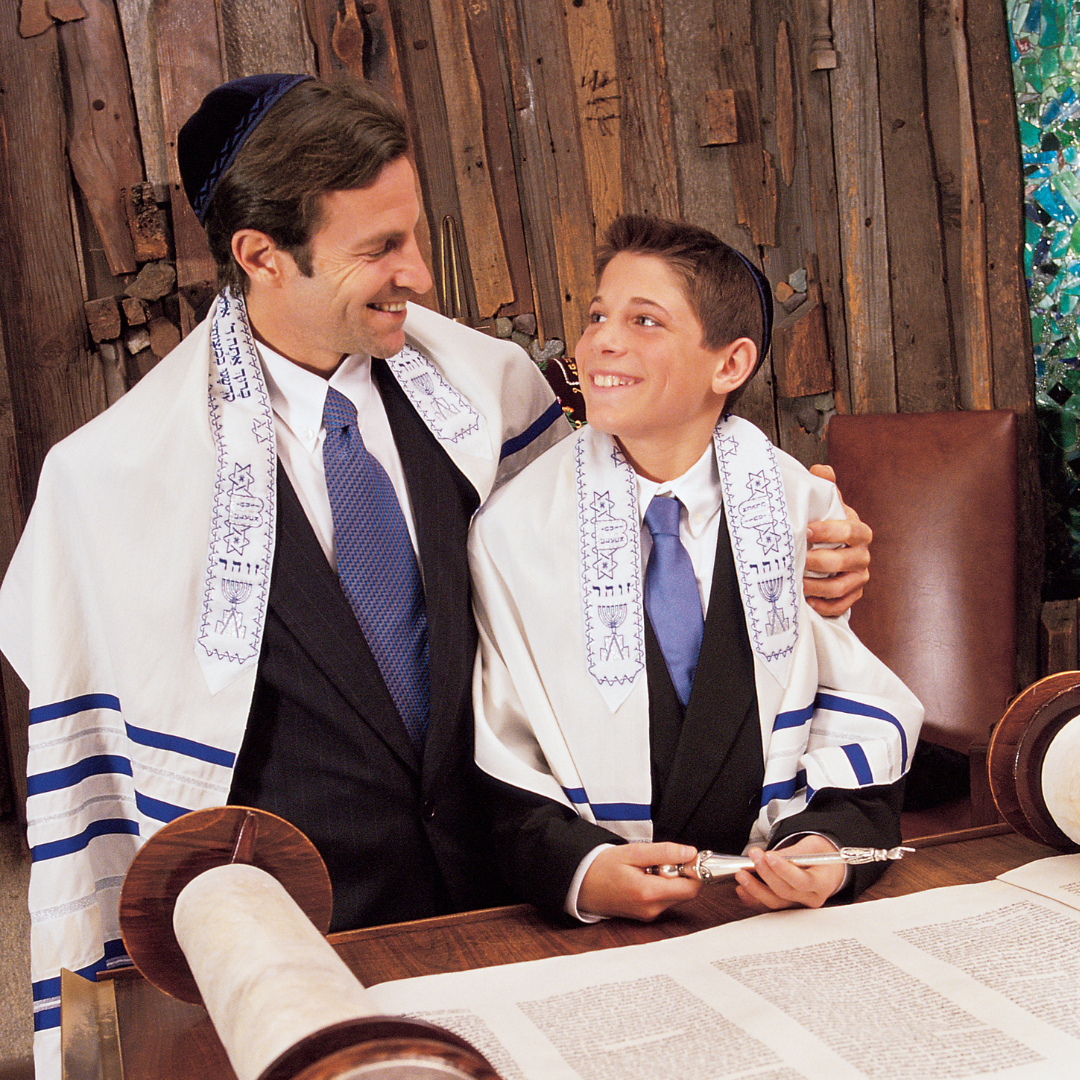
How to Write a B’nei Mitzvah Speech That’ll Leave Your Guests Faklempt
By Drew Kramer
The B’nei Mitzvah ceremony marks the passage from childhood to Jewish adulthood. Called to the Torah, the B’nei Mitzvah celebrant accepts responsibility to abide by the commandments. Traditionally, on the day of one’s B’nei Mitzvah, the student leads morning prayers, publicly reading the weekly Torah portions for the first time. In addition to the recitation of the Hebrew prayers, it is typical that the celebrant give a speech.
Likely, the first time your child addresses a group of people on any topic, let alone life, faith and Jewish identity, the speech is loaded. As if chanting Hebrew prayers isn’t stressful enough, this public lecture adds another layer of responsibility to educate, humor and move people.
Check out …How Much Money Should I Give as a Bar Mitzvah Gift?
As you and your child prepare to write the first public speech in his or her short life, some advice is necessary. Before reminding your child to picture the audience in its underwear, begin with sage wisdom that will carry them through a lifetime of public address: to speak publicly with confidence, one must have a plan. Below is an overview of how to write and perform a memorable B’nei Mitzvah speech that will fill your family and friends with laughter and tears.
- Warm up the crowd. Remember that your audience is filled with the familiar faces of family and friends. The room is already warm and loving, but your introduction will bring everyone closer. Here is the child’s opportunity to welcome the crowd to this day. Acknowledge those who traveled from near and far to share in the joy of the occasion. Reference those who came from the farthest locations, expressing your gratitude for their journey.
- Interpret your Torah Portion to reveal your depth. Shifting from welcoming messages of gratitude, now it is time to dig into the deeper meaning of the day. Today you not only read from the Torah, but commit to living life by its values. Demonstrate your depth of understanding and love for your Jewish history and identity through your Torah portion. The Torah portion is the two to six chapters of Torah assigned for study in each week of the year. For thousands of years, Jewish communities all around the world study the same portion of the Torah in unity. Today is your day to demonstrate how the lessons of Torah fit into your modern life and how you will choose to live as a Jewish adult. For example, this week’s Torah portion is Parashat Vaetchanan (read on 29 July 2023). Vaetchanan (“I Pleaded”) opens as Moses describes his pleading with God to be allowed into the Land of Israel. Moses warns the Israelites not to pursue idolatry and recounts the giving of the Ten Commandments. The portion also contains the Shema, a declaration of faith and a central text in Jewish prayer. Work with your clergy to draw comparisons to situations in your own life. When have you questioned faith and chosen to commit to Jewish ideals? Connecting the modern experience of growing up to the ancient texts will demonstrate the timelessness of the lessons of the Torah, as well as highlight your own maturity in challenging situations.
- Share your Mitzvah Project: The literal meaning of the Hebrew word mitzvah is commandment, but the generally accepted translation is that of a good deed. The emphasis is on deeds—conscious acts of empathy and kindness. This reflects the Jewish philosophy of tikkun olam, or the Jewish commitment to repair the world.Today, most congregations require B’Nei Mitzvah celebrants to select and execute a Mitzvah Project. Hopefully your clergy have helped you to select a meaningful Mitzvah Project that connects with the lessons you’ve learned in your Torah portion. Share the reasons for selecting your project and the meaning you gleaned from the experience. Commit to a lifetime of mitzvahs in your personal quest to repair the world.
- Thank your village. It takes a village to raise a child into adulthood. Many people helped to raise you to this moment. Acknowledge all of the family and community here to support you. Next, acknowledge the help of your Rabbi, clergy and teachers to prepare you for this day. Pause to thank your siblings for their comic relief in this challenging personal journey. Mention your grandparents and all those who came before you, many who sacrificed so you could live in a world where you are free to celebrate your Jewish identity. Lastly, thank your parents for bringing you into this world, giving you the gift of life and spiritual identity. Remind them that although you can give them grief, you love them eternally and strive to make them proud of the good human they raised.
The B’nei Mitzvah speech can be scary and emotional for parents and children alike. If anxiety and tears come from the enormity of the moment, embrace the energy, keep calm and carry on. Family and friends are here to share in the joy and pain of letting go as the child matures.
Choked up and without words, they are faklempt.
July 19th, 2023
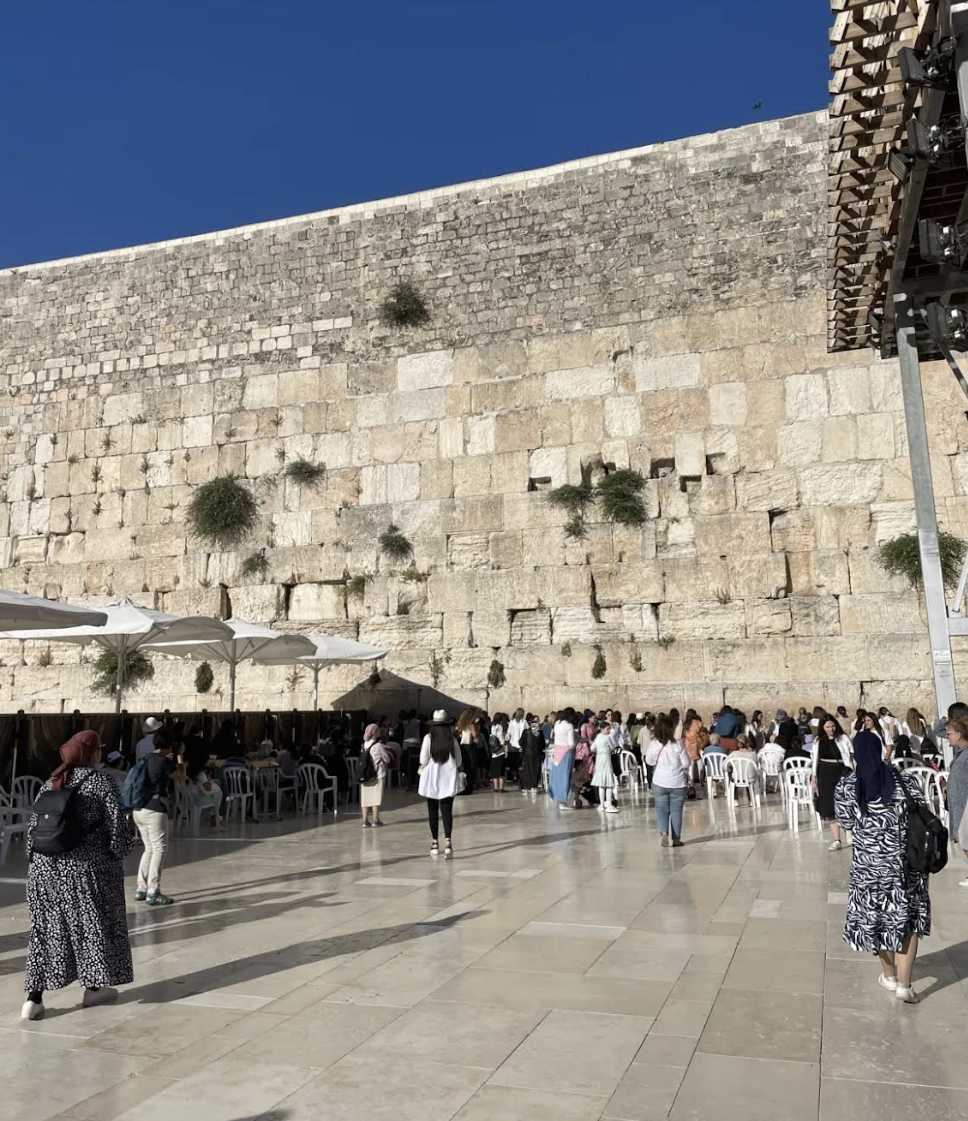
Many of us grow up knowing the Jewish Birthright, also known as the Birthright Israel. In brief, it is a fantastic program designed specifically for young Jews. It’s a chance to reconnect with our Jewish heritage and dive headfirst into the beautiful land of Israel. The point of Birthright is to strengthen the Jewish identity. The best part is that these trips are free, and travelers can embark on an adventure of a lifetime for around ten days. Visitors can explore historical sites, engage with locals, soak up Jewish culture, and bonding with fellow Jewish people. It’s a milestone experience that creates lasting connections to the Jewish roots and the incredible State of Israel.
Israel 101: A First Visit Guide
At 6 p.m. on May 31, 2023, I was airborne and headed from John F. Kennedy International Airport to Ben Gurion International Airport in Tel Aviv, Israel. After about half a day of traveling and a stop at Brussels International Airport, I landed in Israel to begin my journey.
I would recommend taking a direct flight (if possible) to make your travel day easier. Nonetheless, I had finally arrived in Israel with 39 other individuals as part of a Birthright trip. Birthright allows young jewish adults, ages 18-26, to take an all-expenses paid trip to Israel for 10 days.
The trip explores many of Israel’s iconic cities, including Jerusalem, the Old City, the Golan Heights and Tel Aviv. Participants are given many opportunities to further connect to their heritage and Jewish identity.
My experience on Birthright was truly transformative. I was able to take advantage of many unique experiences amongst people with whom I shared similar values to.
In hopes that many others will have the opportunity to experience Israel like I did, this guide details many of the countries highlights in terms of food, travel, cities and itinerary suggestions. This guide is based on my individual experience, and there is no wrong way to discover Israel!
Psst… Here are some tips for staying hydrated this summer!
The Golan Heights
My Birthright trip began in the Golan Heights. You can start anywhere, but I really liked starting in the north and moving south over the ten day trip.
The Golan Heights was the most active and adventurous portion of our trip. We drove about two and a half hours from Ben Gurion Airport in Tel Aviv to a Kibbutz in the north of the country.
A kibbutz is an agrarian community in Israel where all inhabitants contribute to the settlement through farming, opening a shop, or maintaining the quality of life for all inhabitants. Kibbutzim are unique to Israel, and I recommend touring one.
While in the north of Israel, my group went on ATVs in Dishon and drove up a beautiful mountain. We used the company Tractoron and had a great time and found the staff to be helpful and hospitable.
A quick tip: When someone offers you coffee in Israel, and you are a coffee fan, definitely try some (even if you are at the top of a mountain and it is 90 degrees).
Additionally, in the Golan Heights, we had the opportunity to explore different waterways. We took a hike through the Banias Nature Reserve, home to the largest waterfall in the country. We also went rafting in the Jordan River, followed by a delicious dinner at Iskandar Restaurant.
While in the north of Israel, another important city to visit is Tzfat (also spelled Safed). Tzfat is often called a city of air, as it is atop a mountain. This city is unique because it is the center of Kabbalah practices and mystical theories.
If you have the opportunity to hear from a Kabbalah expert or artist, make sure to take advantage of it. This was part of my trip and it was a very interesting and impactful experience. Plus, the art is beautiful and items are for sale to take home with you.
Tzfat is a city of magic rich history, beautiful cobblestone alleyways, and the best falafel sandwich you can find in all of Israel. Take some time to browse the beautiful and authentic jewelry while you’re there!
Tel Aviv
Tel Aviv is lively with picturesque beaches, vibrant nightlife, and bustling markets. When we arrived in Tel Aviv, a group of Israeli soldiers joined our trip.
The soldiers were between 18-22 years old and were able to provide a unique perspective on their experiences in Israel. In my opinion, this is the best aspect of the birthright trip! They helped us find the best restaurants, boutiques and hidden gems throughout the city.
While in Tel Aviv, I had the opportunity to spend an afternoon on the beach. This was my first time swimming in the Mediterranean Sea, and the clear blue water left me dumbfounded.
In addition to the beach, my group had two opportunities to explore Carmel Market. Carmel Market, also called the Shuk Hacarmel, is Tel Aviv’s largest market. Tourists and locals alike flock to Carmel Market to buy fresh fruits, veggies, spices, nuts, candy and so much more.
I felt very overwhelmed by the wide array of dining options at Carmel Market. If you are going to listen to anything I tell you, try Panda Pita. I had it both days for lunch in Tel Aviv and am already planning my trip back for more! I had the eggplant filet pita both days, but all of the menu options are delicious.
In any shuk you visit, get a few different foods to share with friends or family. By doing this I was able to try so many new foods including bourekas, baklava and knafeh.
Tel Aviv is full of vibrant neighborhoods. One in particular we visited was Florentin. This artsy neighborhood had graffiti and lots of unique spots to take pictures.
I also suggest adding Jaffa to your itinerary! Jaffa’s Flea Market (Shuk Hapishpishim) is a main tourist attraction with specialty art and many boutiques and cafes. There’s plenty of neighborhoods in Tel Aviv to explore!
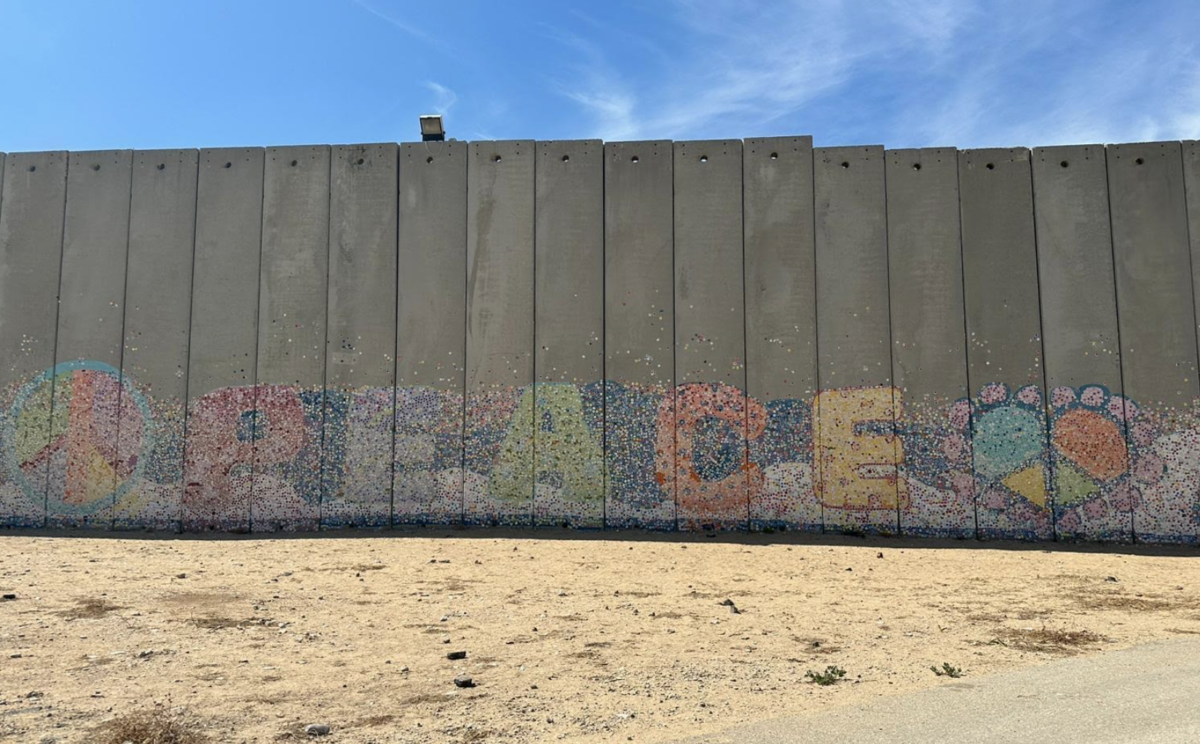
Path to Peace art installation
Between Tel Aviv and Jerusalem
This portion of the trip was the most touristy. From Tel Aviv we set forth toward Sderot where I had the best hummus I have ever had. This city was a halfway point between Tel Aviv and the Gaza Strip.
One of my favorite parts of Birthright was touring a kibbutz right near the Gaza Strip.
While there, my group was able to visit the Path to Peace art installation, and add stones with our hopes and dreams to the already decorated walls. I felt completely safe throughout my entire trip, including during this stop at this kibbutz by the border.
We had the opportunity to partake in Bedouin hospitality that evening. We fed camels, learned about the Bedouin way of life and enjoyed a traditional feast. This is the perfect place to visit before heading toward Masada, and is included in all Birthright trips.
The next morning of Birthright began bright and early at about 3:30 a.m. as we headed to hike Masada at sunrise. Masada is breathtaking, with beautiful views and lots of history. As you can see in the picture, we did not make sunrise, which proves that anytime you go to Masada is amazing!
There are many different paths up Masada. We took the Roman Ramp, which only took about fifteen minutes and consisted of stairs. There are other options, including a cable car that takes you to the top. All participants on your trip will have the opportunity to make it to the top!
Unfortunately, I did not have the opportunity to take pictures at the Dead Sea since I was floating, but it was a unique experience!
A quick disclaimer: There is no mud in many parts of the Dead Sea. You have to purchase the mud at a nearby shop if you would like to use it. I did not know this prior, so I hope this helps as you plan your visit to the Dead Sea!

Chocolate rugalah from Marzipan Bakery
Jerusalem and the Old City
If you’re a history buff, Jerusalem is the place for you. I liked that Jerusalem was the culmination of our trip, but starting in Jerusalem is also an impactful way to begin the experience.
We stayed at a hotel outside of Jerusalem, and had to take a bus into the city each time we went. For easier transportation, I recommend staying in/close to Jerusalem so you can walk more.
We celebrated Shabbat in Jerusalem with a Kabbalat Shabbat, which is a joyous celebration that welcomes the new week. If you have the opportunity to visit the Western Wall, also called the Kotel, on Shabbat, definitely do so!
In Jerusalem, we explored Mahane Yehuda Market, visited the Old City, and went to the Western Wall. In Mahane Yehuda Market, I recommend getting rugalah to take home from Marzipan Bakery, but any rugalah you buy from a street stand will be just as incredible.
The most interesting dish I tried on my trip was from Jachnun Bar in Mahane Yehuda Market. The stand serves a dish that combines a pancake and phyllo dough pastry stuffed with lots of spices, herbs and veggies (sounds heavenly, I know).
Additionally, in Jerusalem, we had the opportunity to visit Yad Vashem, Israel’s largest Holocaust Memorial.
It is important to understand that visiting Yad Vashem is an emotional experience for people of all ages; nonetheless, I felt that it was the most impactful site on my trip and believe that all people visiting Israel should spend some time here.
I also recommend allocating a good amount of time to explore the Old City. It is full of fascinating sites and historic mementos as well as the location of the Western Wall.
Here, you can write a note with your hopes and aspirations to add into the wall when you visit there, and have your family members and/or friends write notes to give to you before heading to Israel. Therefore, when you put in your note at the Western Wall, you can add theirs too.
After spending time in front of the wall, walk away from it backward, and do not turn your back toward the wall until you are at least halfway back. I am not sure the exact reason for this, but I will not be the one to mess with luck!
After my ten days in Israel, I was already thinking about my next trip back. I hope the advice and tips in this article provide a starting point for planning a trip to Israel or inspire someone to look into Birthright!
Bailey Germain is a rising junior at the University of Michigan and an Intern at New York Family. She loves to read rom-coms, watch reality TV, and listen to country music. Bailey is an avid Peloton user and is passionate about writing about her life experiences and giving advice to her peers. You can usually find her at the gym or at a local restaurant with an extensive gluten-free menu (recommendations welcome)!
July 19th, 2023

Destination B’nei Mitzvah: A Family Adventure
By Drew Kramer
For families living in areas with a high concentration of Jewish tweens, B’nei Mitzvahs consume weekend life. There, the ritual of the service and reception can become redundant. As a reaction, many families vow to do something different, more intimate and hopefully more meaningful. One such family, the Mayers of Highland Park, Illinois, decided to mark their daughter and son’s entries to adulthood with celebrations that took them on two very different Jewish journeys, first to Israel and then Greece.
Check out …30 Songs for the Perfect Bar Mitzvah Playlist
The Mayers are not alone. The destination B’nei Mitzvah trend is on the rise. Perhaps a reaction to COVID’s shelter-in-place, more families are seeking shared travel experiences to mark important life events. When families begin to plan for a destination service and celebration, they often seek Concierge Rabbi Rebecca Keren Eisenstadt, who was ordained at Mestifta Adas Wolkowisk in Queens, NY after more than a decade serving as a Jewish educator, B’nei Mitzvah tutor and synagogue service lay leader. Designated “the hot rabbi” by event planners for her in demand reputation across the world, Eisenstadt’s busy client base seeks her to prepare for and officiate bespoke B’nei Mitzvah ceremonies and other life course events. Since 2011 when she conducted her first international B’nei Mitzvah, her number of destination Mitzvahs blossomed to over 100. In her experience, “most families choose to do a destination because it is different and a chance to get the family together. Perhaps they choose a place with deep Jewish History like Israel, Poland, or Venice. Sometimes a family doesn’t feel close to the clergy at their synagogue, or perhaps they don’t belong anywhere.”
For the Mayers, their desire to do something different came out of loss. After the patriarch of the family passed, the family sought nontraditional experiences to bring their family closer together. Already a traveling family rooted in shared adventure, the Bat Mitzvah of the family’s first grandchild took their American shtetl to Israel.
The popularity of the Jewish homeland is unsurprising, rich with history and spiritual significance. So in demand, travel agents and private rabbis developed a package model for the experience that makes it easy for extended family to understand the itinerary and costs so that they can easily opt into the occasion. If you are considering an Israel B’nei Mitzvah, Rabbi Eisenstadt offers some pro tips:
- Seek the Experts: Use a tour company to make sure you make the most of your trip, especially if you are doing a heritage tour of a foreign country. Rabbi Eisenstadt’s favorite companies to use in Israel are Joe Yudin’s Touring Israel and Yoav Gal’s Israel My Way. For party planners in Israel, Eisenstadt declares “there is simply no one better than Ofer Gover with Tali Yaacobi Events.” These vendors understand what American families need and can help book tours of museums, sites, arrange accommodation and transport–and they know food.
- Consider Gender: In Israel, Bar and Bat Mitzvah ceremonies do not have the same treatment due to more traditional views on gender and religion. Certain sites will not allow women to read from the torah, and will keep men and women separate. For example, The Western Wall is a poignant site for a Bar Mitzvah, but a complicated one for a Bat Mitzvah. Only boys can have their ceremony here, and women in the group must look over a Mehitzah divider. For a mixed gendered group that is equally available to boys and girls, there are a number of good options. To do egalitarian services, some families go to the Masorti Movement’s designated area near the Western Wall, which goes by many names: Robinson’s Arch, Davidson Center, Ezrat Israel. Other popular locations to consider are an archaeological park off of The Davidson Center.
- Plan for Weather: Outdoor sights of significance are beautiful, but if it is raining or freezing, families of girls try to rent the Hebrew Union College chapel/synagogue for a girl. In a pinch, some families will use their lunch restaurant or a private venue. For boys, families can rent a synagogue, but must abide by seating rules.
- Torah Troubles: Procuring a Torah for the ceremony can be difficult when traveling for a private B’nei Mitzvah service. Eisenstadt has rented a torah because Torahs are unavailable on certain days of the week. Masorti Movement only provides a Torah on Monday and Thursday for free, for 1.5 hour time slots and if it is not raining. Consider its origin and plan in advance!
Families that have already toured Israel and seek novel experiences often select locations with Jewish historical significance, such as Italy, Morocco and Poland. In these locations, where B’nei Mitzvah packages are not yet available, Eisenstadt urges families to find a planner to help organize preparations. Again, issues regarding Torah rentals and mixed gender ceremonies may arise.
When the Mayers approached their big fat Greek Bar Mitzvah for their son, they faced similar challenges of planning. To create a meaningful Bar Mitzvah celebration, the Mayers put their faith in Haim Ischakis of Jewish Tours Greece. Selecting Greece for a B’nei Mitzvah, families will learn that 90% of Jews in Greece were killed in the Holocaust. Greek Jews, like Haim Ischakis, devote their lives to reinvigorating Judaism in the region. Says Mayer of the experience, “seeing Judaism all over the world shows my children that they are connected to something larger than dates on the calendar.”
While destination celebrations leave some family and friends behind, the Mayers and other families that chose to adventure found ways to bring their local relations into the moment. Hosting a kid party” or a tasteful kiddush after a home ceremony can bring additional opportunities to observe the milestone.
Those who sign on for the trip invest in building intimate relationships through shared experience. These adventurers amplify the joy of celebrating growth into adulthood with the bond that comes from developing a Jewish identity and a beautiful family memory in a dream setting.
July 12th, 2023
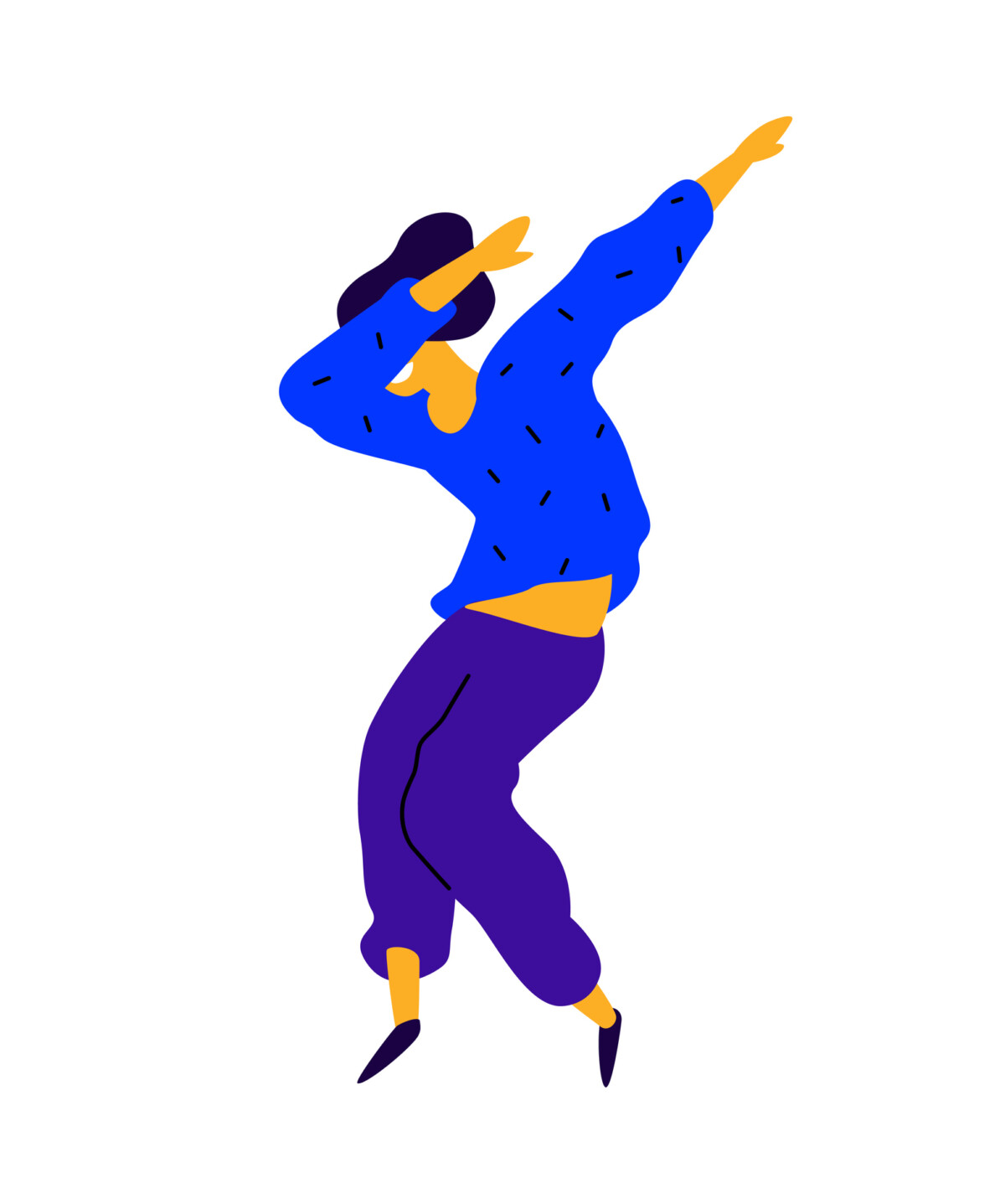
Getty Images
How to Hora at your Child’s B’nei Mitzvah
By Drew Kramer
“Let us rejoice” is the direct translation of Hava Nagila, the anthem for the traditional dance that celebrates the happiest occasions in Jewish life–the Hora. Descending from the Romanian circle dances of the 1800s, Romanian Jews fleeing anti-semitism brought their moves with them to then Palestine at the turn of the century. As the number of Jews in the region expanded in the early 1900s, this brand of music and dance permeated Jewish life. By the 1920s, Jewish immigrants brought Hava Nagila and the Hora to the United States, raising its profile to become a quintessential component of B’nei Mitzvahs and Jewish weddings throughout the world.
Check out …Alternative Bar Mitzvah Party Ideas
To the inexperienced Hora dancers among us, I empathize, the Hora can be intimidating. A spirited mob of animated alpha dancers bounds to the dance floor, stomping the shy or geriatric guests that trickle to the back of the dance floor in clumps of clapping onlookers. If you are hosting a B’nei Mitzvah or prepping to attend your first event, below is an overview of how to create a memorable moment that electrifies and unites your dance floor.
- Set the Stage: When selecting a space to host a B’nei Mitzvah reception, consider the Hora. If you dream of a Hora that invites your entire guest list to lock arms in solidarity with your family, choose a venue with a dance floor that will allow your group to have the space it needs to circle left and right with abandon. Likewise, when selecting a DJ or band, confirm that they have experience with leading a hora. Experienced DJs and bands can help to keep order, calling out the movement of the circle from left to right and maintaining the moment beyond the Hava Ngila’s end, if the crowd’s energy calls for more.
- Learn the moves: In the early days of Hora and at present day gatherings of advanced Hora dancers, participants interlocked arms behind their backs and performed an elaborate two step to the right and left. At today’s more mainstream events, the Hora begins simply by clasping hands and creating a wide circle of dancers that moves to the right and then left. Some participants use a grapevine step, but there is no need to complicate matters, if your coordination does not lend itself to fancy footwork. Within the larger circle, close family and friends will create smaller circles, clasping hands with their nearest and dearest, feeling connection and love at this monumental moment. Often, the party’s most ambitious and outgoing dancers will take to the center circle to show off more aggressive moves, swinging a partner with linked arms or showing off high kicks. Dive in with your wackiest moves, or enjoy the show with the clapping crowd.
- Champion the Chair Lift: In the climax of the dance, the celebrated youth and his or her parents will be hoisted in chairs and danced around in this chaotic, thrilling romp. To some, this moment symbolizes a rising to a more spiritual place, as well as always having the support of others. There are few occasions in life where one takes this throne, so when your turn comes, carpe diem. Whether you daringly raise your hands to swirl a handkerchief or hold tight for dear life, embrace the opportunity to feel the support of this community that lifts you up. For first time hora planners, pre-select your strongest family and friends to grab the chairs and participate in the lift. It’s a mitzvah!
- Nominate Hora Leaders: While you are considering your chair lifters, also consider nominating Hora Leaders. These individuals are charismatic and bold, able to inspire the shyest of wallflowers to clasp hands and join the circle of joy. Select those with passion for the dance and the creation of a magical moment that will remain with you and your family for a lifetime. Your Hora leaders will rally the troops, raise the bar with their dance moves and re-ignite the energy when the circle begins to fade into the clappers at the back of the dance floor. If you are blessed with a large number of cronies that fit this job description, anoint them all.
- Timing is everything: While the Hora can happen at any point in the reception, it is typically done at the beginning of the reception to kick start the party or after dinner to open the floor for more high energy dancing. If introduced at the very beginning of your first dance set, it will draw your entire group to the dance floor and ignite your party with a unifying energy that will set the tone for the rest of the celebration. Generally, the hora is danced for five minutes, but its duration really depends on the demands of your guests. Tell your band or DJ to take its cures from the room. If the group is hot for more hora, keep going.
The beauty of the Hora is in its power to bring people together, breaking down boundaries with a shared experience that energizes the room with joy and love. In the Hora, the stranger becomes family, creating an open circle and inviting all to join. When guests grab hands and engage in a physical expression of happiness and faith, the whole room is filled with the enchantment that comes from entering a new stage in the journey of life.
For Family fun in and around New York, visit our sister site, newyorkfamily.com
July 5th, 2023
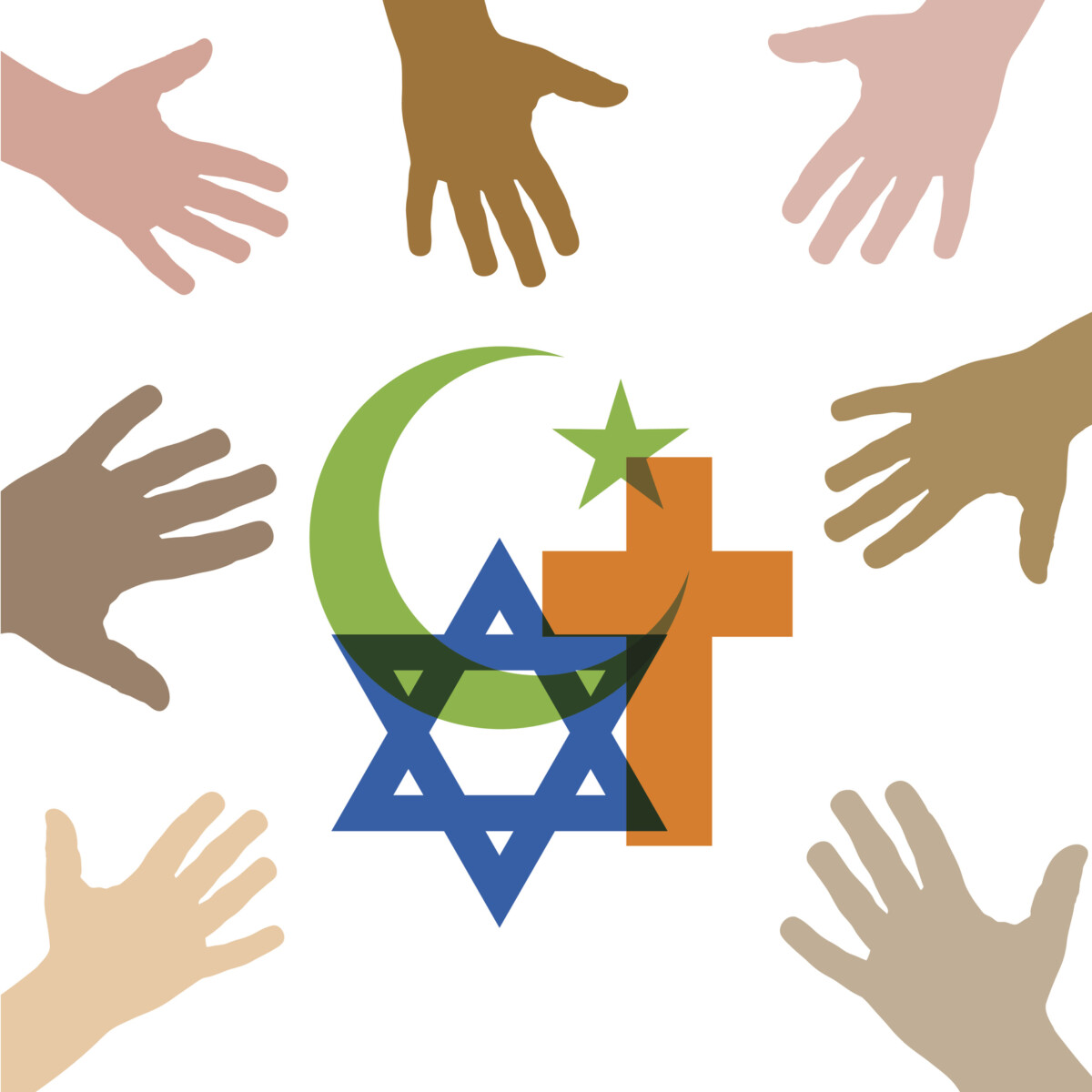
Getty Images
Interfaith B’nei Mitzvah: From Traditional to the Bespoke
By Drew Kramer
Many well-meaning Jewish families raise their children with the guidance to marry a nice Jewish boy or girl. “Marriage is hard,” they caution. “It helps to share cultural and religious values.” “Make Jewish babies,” they urge. “There are so few Jewish people in the world.” No pressure.
But the heart wants what the heart wants. A 2020 survey conducted in the U.S by the Pew Research Center’s Religion & Public Life Project found the intermarriage rate to be 58% among all Jews and 72% among non-Orthodox Jews married in the last decade. Whether a Jewish person finds love within the Jewish population or outside of it, all couples must navigate how religion will live within their union. As interfaith couples commit to each other and begin to raise their families, they often face the even more difficult questions of how to observe multiple faiths and traditions, while managing the extended family’s expectations.
According to Senior Rabbi Jonathan Blake of the Westchester Reform Temple in Scarsdale, NY, “by the time of the child’s B’nei Mitzvah, most interfaith families are aligned in spiritual outlook.” They have already invested significant resources, time, and emotional energy to develop their children’s Jewish identity. Some begin early, with the selection of a Jewish preschool, while others invest later in a Hebrew school education that prepares them for the B’nei Mitzvah milestone.
As Rabbi Blake puts it, “the goal of the B’nei Mitzvah service where one parent is not Jewish is to make sure that non-Jewish family and friends feel at home with the ritual and in the synagogue setting.” To do this, the clergy will spend extra time before and during the service, greeting members of the congregation and explaining elements of the service as it unfolds.
While some interfaith families connect with the traditional synagogue and Hebrew school construct, others seek B’nei Mitzvah celebrations outside of a house of worship. Whether it is an issue of limited time or a family member that doesn’t feel at home in a temple setting, interfaith families that desire a more bespoke approach often reach out to a concierge Rabbi like Rabbi Rebecca Keren Eisenstadt. Rabbi Eisenstadt was ordained at Mestifta Adas Wolkowisk in Queens, NY after more than a decade serving as a Jewish educator, B’nei Mitzvah tutor and synagogue service lay leader. Noticing her clients’ increasing appetite for personalized worship, rather than serve at a synagogue, Eisenstadt started an independent Rabbinical practice to meet the needs of modern families who “want to have religious tradition served their way.”
Dubbed “the hot rabbi” by event planners for her in demand reputation across the United States, Europe and Israel, Eisenstadt’s busy client base is half interfaith. While Eisenstadt believes all couples are interfaith because everyone’s relationship with religion is different, she understands that the experience of a non-Jewish parent is unique. The non-Jewish parent is not born into the cultural norms and must manage his or her family of origin who may have complicated feelings about raising a grandchild Jewish.
For both Rabbi Eisenstadt and Rabbi Blake, the goal is to keep families and their children positive about Judaism. Whether at a synagogue or with a private rabbi, families navigating religious differences should contemplate a few important considerations:
- Find out what is important: What is the goal for your family? In Rabbi Eisenstadt’s experience, people want a life cycle moment that honors tradition and family. Her goal is to “meet the family where they are, breaking down the tradition to bite sizes that can be digestible.”
- Be inclusive: At WRT, Rabbi Blake encourages interfaith families to include non-Jewish family members in the service by offering the opportunity to do readings in English that communicate their blessings to the B’nei Mitzvah. Rabbi Eisenstadt shares this approach, recalling a ceremony that invited non-Jewish family members to read a blessing translated into Spanish to include and honor their Hispanic heritage.
- Explain: In advance of and during the event, engage Jewish and non-Jewish family members on the meaning and purpose for the traditions. Offer opportunities to see the similarities within the religions. Remind all congregants that this is a family event and that we are all learning from each other.
The choice to hold a B’nei Mitzvah at a traditional synagogue or with a private rabbi is deeply personal, but both avenues approach the preparation for the milestone as a celebration of life. Create unity within the family through mutual love for the child and the shared awe that comes from watching a child evolve from infant to teenager. Embrace the universality of the miracle of growth, transcending religion and inspiring faith to all those who bear witness.
Drew Kramer is a writer, performer, and founder of Lady and The Floofs.
June 20th, 2023
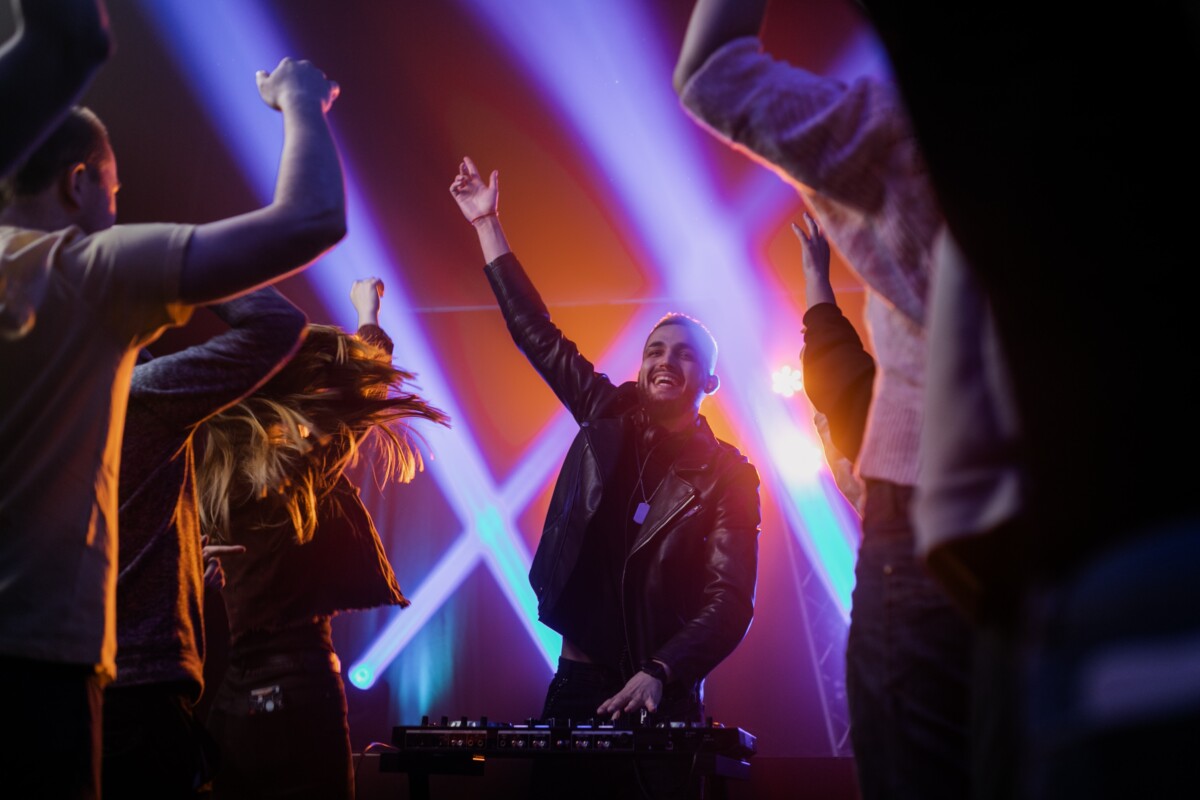
Photo by Alena Darmel
30 Songs to Craft the Perfect Playlist for Your Child’s Bar or Bat Mitzvah
By Mia Salas
Some of the best memories from bar and bat mitzvahs are moving and grooving on the dance floor. Your not-so-little-anymore kiddo gets to dance the night away with their friends and family– laughing, playing games and showing off their moves to the “Cupid Shuffle.” So how do you craft the perfect playlist for your chid’s big day?
Luckily, we put together some fun musical options for you. Read on to check out three bar and bat mitzvah playlists by theme. Grab your dancing partner and cozy shoes, because these songs are guaranteed to get you moving until midnight!
Beach-Themed Bar or Bat Mitzvah
Hosting a sandy celebration? Your playlist should be on par with the volleyballs, colorful towels and Hawaiin leis. Check out this beach-themed playlist to transport you and your guests to an island vacay.
- Cruel Summer by Taylor Swift
- Sunroof by Nicky Youre
- Golden by Harry Styles
- Cupid- Twin Ver. by FIFTY FIFTY
- Heat Waves by Glass Animals
- Malibu by Miley Cyrus
- Peaches by Justin Bieber (clean version)
- Made You Look by Meghan Trainor
- Watermelon Sugar by Harry Styles
- Cheerleader by Felix Jaehn Remix Radio Edit
Superhero-Themed Bar or Bat Mitzvah
A classic theme for bar and bat mitzvahs, because who doesn’t love a hero? But if you’re not tuned into the Marvel Cinematic Universe, we’ve got you covered. Here are some super hits your kids will love from their favorite movies– Guardians of the Galaxy, Spider Man, Iron Man, The Avengers, and more!
- Don’t Stop Me Now- Remastered 2011 by Queen
- Come and Get Your Love (Rerecorded version) by Redbone
- Sweet Dreams (Are Made of This)- Remastered by Eurythmics, Annie Lennox, Dave Stewart
- The Avengers by Alan Silvestri
- Since You Been Gone by Rainbow
- All The Stars (with SZA) (clean version)
- Highway to Hell by AC/DC
- Blitzkrieg Bop by Ramones
- Sunflower- Spider-Man: Into the Spider-Verse by Post Malone
- Blinding Lights by The Weeknd
The Ultimate Dance Playlist for any Bar or Bat Mitzvah
Not sure about your theme yet? Here’s a roundup of songs that work for any theme! These are upbeat bops that everyone will love to dance to.
- Cupid Shuffle by Cupid
- Party in the U.S.A. by Miley Cyrus
- As It Was by Harry Styles
- Levitating by Dua Lipa and DaBaby
- Cha Cha Slide by DJ Casper
- Baby by Justin Bieber
- YMCA by Village People
- Cotton Eye Joe by Rednex
- DJ Got Us Fallin’ In Love by Usher and Pitbull
- Get the Party Started by Pink
June 6th, 2023
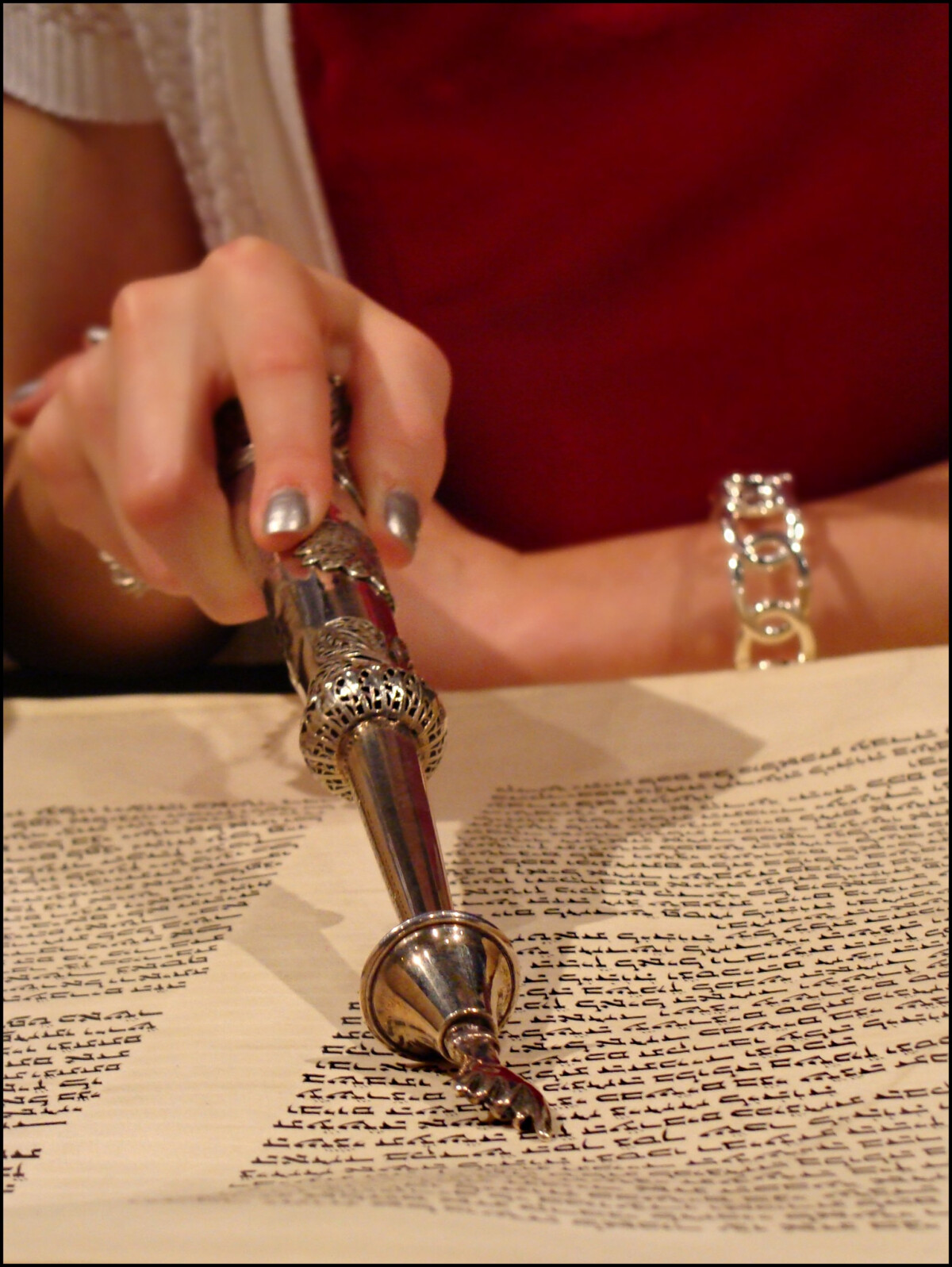
Picture taken Mid Bat Mitzvah ceremony.
By Drew Kramer
A Jewish child becomes a Jewish adult simply by reaching the age of 13. The B’nei Mitzvah ceremony marks the transition to Jewish adulthood, but is not a requirement to meet the milestone. While reading from the Torah and the subsequent celebration became the quintessential right of passage for the Jewish people, clergy in temples across the Jewish diaspora tailor the ritual and festivities to suit the enormous range of abilities across humankind.
Cantor Amanda Kleinman of Westchester Reform Temple (WRT) in Scarsdale, NY, shared the importance of being dynamic for all children in B’nei Mitzvah preparation, but particularly those with Autism Spectrum Disorder (ASD).
At Westchester Reform, Cantor Kleinman spearheads the temple’s task force on inclusion. Together with the temple’s staff specialist, the clergy will assess every child’s ability and create a ritual that allows the child to share meaningfully in the Jewish tradition. As the temple’s Senior Rabbi Jonathan Blake puts it, “the child is the arrow and we draw the bullseye around him or her.”
For parents of neurotypical and neurodivergent children alike, WRT’s task force suggests four guideposts to create a meaningful B’nei Mitzvah service that considers every child’s unique needs.
- Begin with trust: Often families hesitate to share a diagnosis, fearing that the child will be labeled. Cantor Kleinman understands that “families sometimes carry negative experiences in which sharing a diagnosis became a limiting factor, precluding a child from participation in a particular activity or dismissing the child’s ability to learn or accomplish a goal.” For families beginning their relationship with a religious institution, get to know the clergy and the community. Seek a synagogue with a demonstrated commitment to fostering inclusivity, trust and support.
- Make no assumptions: The Autism Spectrum encompasses an enormous range of ability. Kleinman emphasizes the importance of a “person first” approach. In her experience, every student possesses a unique personality, strengths, and challenges. She adds that in some cases, “students with documented ASD diagnoses exceed the “standard” amount of B’nei Mitzvah material, while neurotypical children might need significant adaptation or abbreviation of the material for other reasons. As a parent of a neurodivergent child, partner with clergy and educators to create the most meaningful, personalized experience for your family.
- Let the child lead: Let students own their own learning processes. In Kleinman’s experience, “students are often able to tell us how they learn best, what they need, what tools are most helpful to them, and what interests them.” For parents, let the experience be one that speaks to the child’s abilities, interests and passions. Every child will be more successful in a program designed to embrace his or her unique gifts.
- Be open and innovative: Throw out preconceived notions of what the ceremony and celebration should look like. A B’nei Mitzvah can be marked by learning a Jewish song or a simple Torah blessing. Embrace the magic and meaning that come from nontraditional expressions of the milestone.
With this openness, creativity and love, families can plan a ceremony for children at the most impaired end of the spectrum. Jamie Roitman recalls the service her family designed for her nonverbal older brother, Sam, over twenty years ago.
With the help of a touch talker, Sam chanted the Barechu, the call to prayer in a Jewish service. Other family members read the Torah portions, bringing their voices together to welcome Sam into Jewish adulthood. Following the ceremony, the family hosted an outdoor barbeque at home to celebrate with close relatives in the place he felt most comfortable. Reflecting on her family’s positive experience, Roitman advises families to eat, drink and be merry, but also to be wary of planning big, loud parties that can be overwhelming for people with the sensory sensitivities often present with ASD.
When it comes to the party, apply the same personalized approach recommended for the ceremony. This includes the following:
- Begin with trust: Trust that you know your child and his or her unique needs. Trust that your understanding of your child’s triggers and passions will allow you to create an event that makes your child feel special and connected to a community bigger than him or herself.
- Make no assumptions: No matter your vision of what a B’nei Mitzvah party should be, make no assumptions that this is what it must be. Release yourself from the burden of that expectation and focus on what is most important.
- Let the child lead: Let your child be your guide. Focus your time, money and energy on the people and things that bring love and light to your child’s life.
- Be open and innovative: Rewrite the script for your own story, but be prepared to forget your lines. No matter who our children are and how much we plan to set them up for success, we cannot always control the outcome. Surrender to the experience–and remember that any celebration rooted in love and tradition will create a meaningful spiritual life for children of all abilities.
Drew Kramer is a writer, performer, and founder of Lady and The Floofs.
May 30th, 2023
9 Ways to Minimize Mitzvah Planning Stress
Planning a Bar Mitzvah is one of the most exciting times in your family’s life, but it can also be extremely stressful. Anyone who has planned a bar mitzvah before knows this all too well. It’s crucial to find little pockets of time to relax, meet up with a friend, and just free the mind. Below, we’re sharing 9 of our favorite ideas that you can easily carve into your day to help you unwind, de-stress, and take a break from that never-ending to-do list.
- Meditate. Wake up before the kids a few days a week and give yourself the gift of silence with a mediation. Even just 2-5 minutes of mediation can clear your mind as you embark on whatever challenges the day may greet you aka mitzvah planning! Apps like Insight Timer and Headspace make this even easier with their customizable and guided mediations.
- Take a walk or hike. Walking or hiking with friends is a great way to get some exercise, clear your mind, and even get in a good vent session. Invite along a fellow mother who is going through the same planning process, or someone who planned a mitzvah in the past for some quality time to speak, share notes about vendors, and ask all your questions.
- Sit in your car and listen to your favorite songs. If mediating isn’t your thing, turn up your favorite songs and sing your heart out. Music is a powerful (and free!) way to help you feel energized, light, and happy!
- Call a friend. We are quite a text-centric culture that most of us have forgotten how to pick up a phone and call someone. When you are stressed out, call your best friend or a family member who can hear you out and listen to you. At the end of the day, there’s nothing like a real human connection.
- Get a massage. We love getting massages before-and-after Bar Mitzvah planning. Treat yourself to a massage where a masseuse can help you improve your mental and physical state as they knead away the stress from this big day.
- Look back at pictures from the old days. Is the child of honor stressing you out? Look through your “favorite” pictures on your phone. Do you remember when your little mitzvah-er was a baby and someone told you to look at their picture to help bond with them? This is the same idea. By looking at pictures of people you love it will simply make you feel better and release the same happy hormones. Plus, can you really be mad looking at your soon-to-be bar mitzvah child rocking a bowl of pasta on their head when they were two?
- Read a book. Reading is a great way to take a break from all of the lists and screens as you unwind and let your imagination take you to another world. Check out Goodreads for a list of some of the current bestsellers, or visit your local library to find a book from your favorite author. Read a few nights a week instead of watching TV to help you naturally unwind and probably sleep better.
- Sleep. Speaking of sleep, make sure you are getting enough rest during this frantic – and fun – planning phase. Aim for 6-8 hours and wake up and eat a high-quality, high protein breakfast to keep you powered up throughout the day.
- Go to a show. De-stressing can also be about fun! Buy tickets to a show (or concert) a few weeks after the event. This can be a nice treat for you where you can enjoy all of the hard work you’ve been doing these past few weeks and really relax!
Bar mitzvah planning isn’t easy but with some of our simple tips you can find ways to de-stress, unwind, and even have fun. Remember, you are only human and taking breaks in-between the party planning is part of the process, too! Happy resting!
Stacey Wallenstein is the founder of the parenting & lifestyle blog The Mint Chip Mama. Visit her website at themintchipmama.com and find her across all socials at @themintchipmama

















